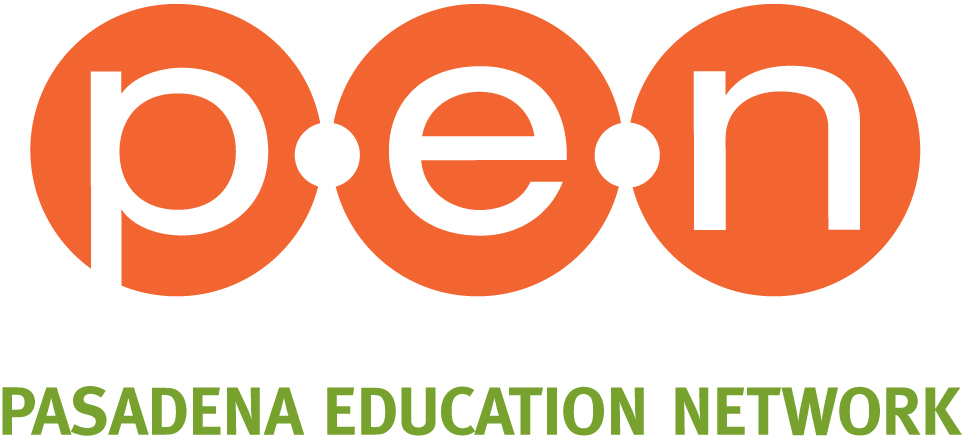PUSD Board of Education Convenes Master Planning & Boundaries Committee
Due to lower birth rates, rising housing costs, and the mobility of families, there has been a significant decline in the number of school aged children living in Pasadena, Altadena and Sierra Madre. That trend is projected to continue, so in order to address the related decline in student enrollment and determine how to mitigate its impact on the budget, the PUSD Board of Education has created a Master Planning and Boundaries Committee.
The Board’s Master Planning and Boundary Committee, which is led by Kim Kenne, also includes Pat Cahalan and Michelle Bailey. The stated purpose is: “In order to provide robust, quality programs at each of our schools, in a fiscally stable manner in spite of a declining enrollment environment, the Master Planning and Boundaries committee will review existing site programs and capacities and future expected enrollment, and bring to the board recommendations on the number and location of school sites to maintain for the next 5 to 10 years.”
To give you some context, in 2009 there were 21,000 students in PUSD and today there are 16,000…that’s a decline of 24%. In 2009, there were 19 elementary schools, 3 middle schools, 1 K-8 school, 2 high schools, and 2 middle/high schools. Today, with 5,000 fewer students, there are 17 elementary schools, 4 middle schools, 1 K-8 school, 2 high schools, and 2 middle/high schools.
The committee has been meeting to develop a process and determine what data they need to make their recommendations. At the last meeting, they brought forth numerous factors that could be considered when deciding whether to consolidate or merge a school. The committee agreed that their top factors included facility condition, excess capacity (or limited capacity to increase capacity), student proximity, and socio-economic diversity. Because the board committee believes that it’s important for staff to participate in the process, they have asked staff for their input on additional factors such as special program facilities, transportation, operating costs, and more.
While factors are being considered, the committee has asked staff to consider pros and cons of all the various scenarios and options. For example, what would the advantages and disadvantages be to have 4 high schools vs. 3 high schools vs. 2 high schools vs. 1 high school. It’s easy to cross off the one high school option as no one facility could comfortably house the entire 4,695 high school population. But, what do students gain or lose by having more facilities? How should resources best be allocated so that all students have access to enriching programs no matter which school they attend?
The committee is also discussing what PUSD’s core academic program is, as a way to determine what programs and services every school should have in order for all students to reach their potential, and ensure equity and access for all of our students.
Committee meetings are twice a month through the beginning of September, after which they will bring a final recommendation to the full board. Between now and then, the committee will bring information to the Board to get input and to ensure the integrity of the process. There will also be opportunities for public/parent engagement, and we will keep you informed so you can participate. PEN plans to attend these meetings, keep you up to date on the discussions, and let you know about opportunities to participate. The next meetings are April 22, May 10, and May 20 at the Ed Center, Room 236 at 3:30 pm.
In the meantime, committee agendas and notes are available at https://www.pusd.us/site/Default.aspx?PageID=317
